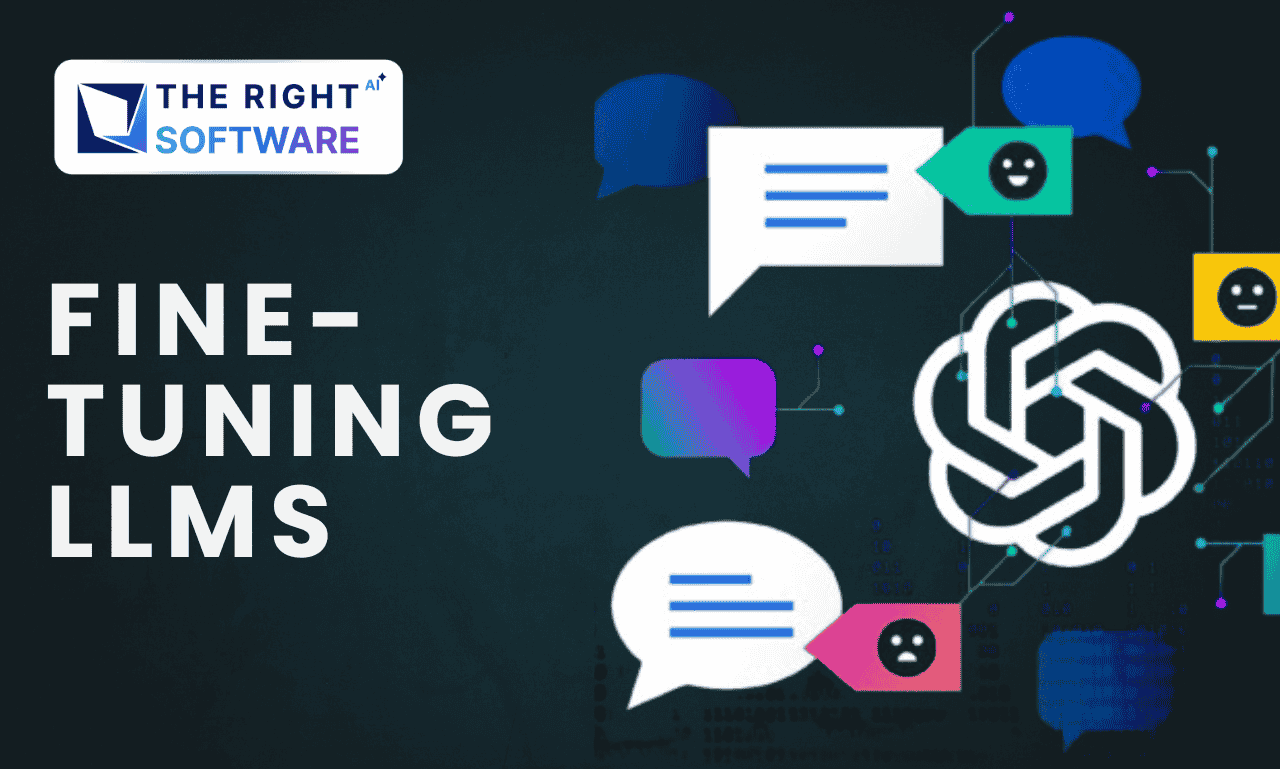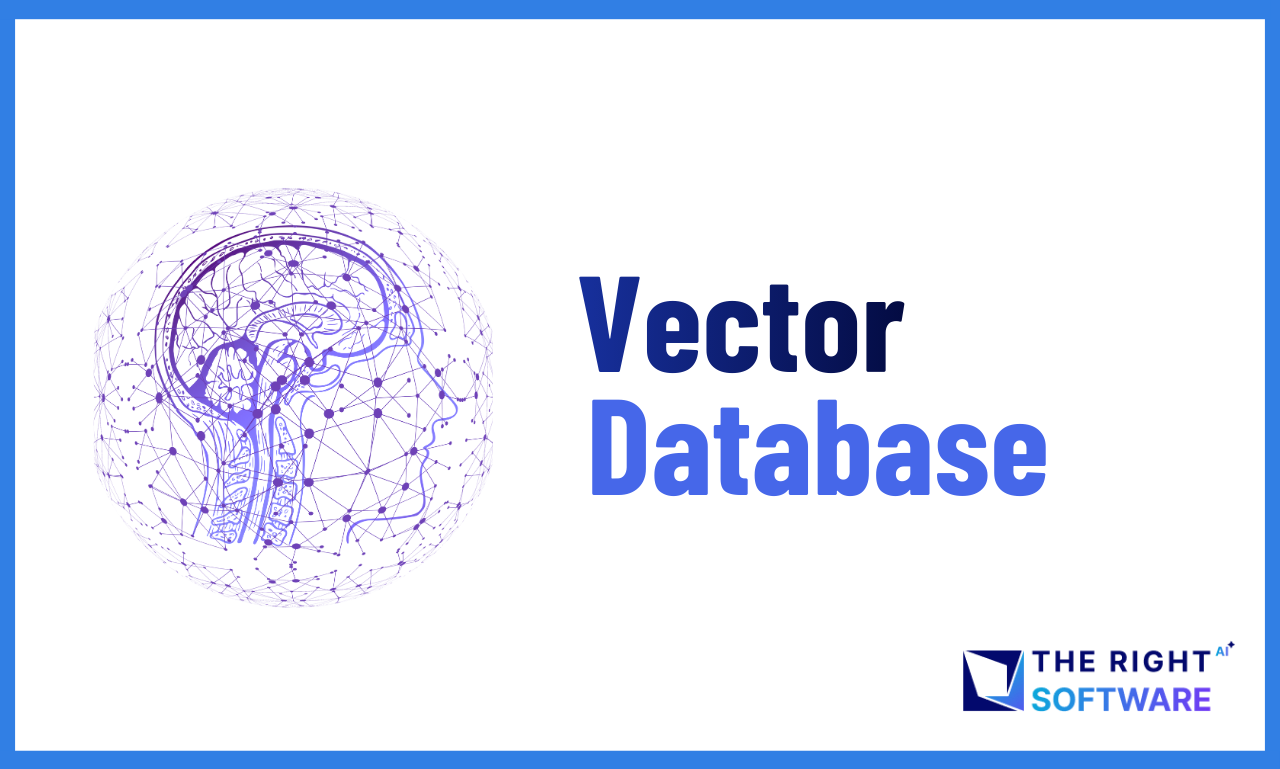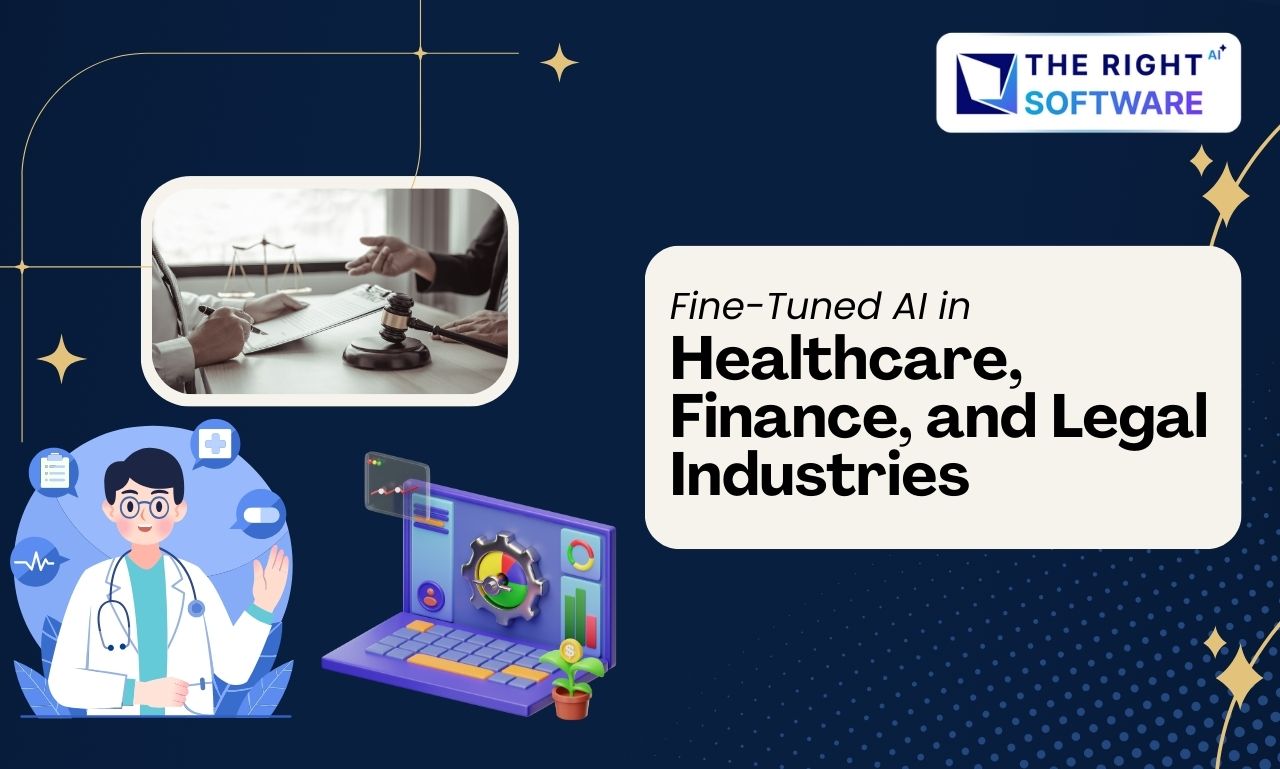Introduction
Large Language Models (LLMs) such as GPT-4, LLaMA, and Gemini have revolutionized natural language understanding and generation. Pretrained on massive datasets, they excel at general-purpose tasks like text completion, summarization, and code generation.
However, many applications demand domain-specific knowledge, from legal analysis and healthcare transcriptions to eCommerce recommendations. Fine-tuning LLMs allows organizations to leverage pretrained models while making them highly specialized, accurate, and reliable for specific tasks.
This article explores an overview of LLM fine-tuning, key methods, and best practices to achieve high-quality, domain-specific AI performance.
1. What Is Fine-Tuning?
Fine-tuning is a supervised training process where a pretrained LLM is further trained on domain-specific labeled data. Its goal is to adapt a general-purpose model for tasks requiring specialized knowledge or nuanced understanding.Fine-tuning is a supervised learning process where a pretrained LLM is trained further on domain-specific labeled data. The purpose is to specialize a general-purpose model for tasks that require expert knowledge or nuanced understanding.
Key Takeaways:
- Pretrained LLMs provide a strong foundation of general knowledge.
Fine-tuning adapts the model to specific inputs and expected outputs.
Examples:
- Healthcare: Automating medical record summarization.
- Finance: Detecting anomalies or analyzing market sentiment.
- Legal: Contract analysis or legal question-answering.
2. Types of Fine-Tuning Methods
There are multiple approaches to fine-tuning, depending on computational resources, dataset size, and desired level of specialization.
2.1 Full Model Fine-Tuning
- Updates all weights of the LLM during training.
- High computational cost but allows maximum flexibility.
- Recommended for critical tasks with abundant labeled data.
2.2 Parameter-Efficient Fine-Tuning (PEFT)
- Only a subset of model parameters is adjusted (e.g., adapters, LoRA).
- Reduces training cost and required dataset size.
- Retains general capabilities while specializing in the target domain.
2.3 Instruction-Tuning
- Trains the model to follow structured prompts or instructions.
- Effective for improving task-specific performance (e.g., summarization, question-answering).
2.4 Reinforcement Learning from Human Feedback (RLHF)
- The model is fine-tuned using rewards based on human evaluation.
- Particularly useful for improving alignment and safety of model responses.
3. Preparing Data for Fine-Tuning
Data quality is critical for successful fine-tuning. The process involves:
3.1 Data Collection
Gather relevant domain-specific content: FAQs, manuals, chat logs, articles, or structured records.
3.2 Annotation
- Create input-output pairs (instruction and expected response).
- Ensure clarity, relevance, and coverage of edge cases.
3.3 Cleaning and Preprocessing
- Remove duplicates, noise, and inconsistencies.
- Standardize formatting and handle missing or ambiguous values.
3.4 Validation and QA
- Human review and consensus on annotations.
- Optional AI-assisted prelabeling to streamline the process.
Example JSONL format for GPT fine-tuning:
{"messages":[{"role":"user","content":"Explain a Wheatstone bridge."},{"role":"assistant","content":"It is a circuit used to measure unknown resistances by balancing voltage across two legs of a bridge."}]}
4. Best Practices for Fine-Tuning LLMs
4.1 Start with a Clear Objective
- Define the problem you want the fine-tuned model to solve.
- Understand user requirements and edge cases.
4.2 Ensure High-Quality Data
- Quantity matters, but quality is more important.
- Include diverse examples and handle ambiguous or sarcastic text.
4.3 Iterative Refinement
- Fine-tune in phases.
- Evaluate performance and update annotation guidelines between phases.
4.4 Human-in-the-Loop
Use human reviewers to ensure correctness, reduce bias, and validate outputs.
4.5 Hyperparameter Optimization
- Tune learning rate, batch size, and number of epochs to prevent overfitting or underfitting.
- Tools like Optuna or Ray Tune can help automate this process.
4.6 Monitor Post-Deployment
- Track model predictions and retrain periodically with new data.
- Address catastrophic forgetting by mixing old and new training data.
5. Advanced Techniques
Active Learning: The model highlights uncertain or borderline data points for human annotation.
Data Augmentation: Use paraphrasing, back-translation, or synthetic examples to expand the dataset.
Weak Supervision: Leverage existing datasets or heuristics to label large datasets quickly.
Benchmark LLMs: Use pretrained models to auto-generate labels for new tasks.
6. Tools and Platforms
Open-Source: Label Studio, Doccano, skweak, AugLy.
Commercial: Labelbox, Amazon SageMaker Ground Truth, Snorkel Flow.
Training & Deployment: Hugging Face Transformers, NLP Cloud, OpenAI Platform, or local deployment using Flask/FastAPI.
Explore: AI services, The Right Software Providing.
7. Challenges and Considerations
Data Leakage: Ensure strict separation between training, validation, and test sets.
Bias: Diverse annotation teams and careful review help reduce biased outcomes.
Catastrophic Forgetting: Retain some original data when fine-tuning sequentially.
Compute Cost: Full fine-tuning can be expensive; PEFT or smaller models may be more practical.
Conclusion
Fine-tuning LLMs allows organizations to create highly specialized AI solutions that outperform generic models in domain-specific tasks. With careful data preparation, iterative refinement, and human oversight, fine-tuned models can dramatically improve performance in industries such as healthcare, finance, legal, eCommerce, and more.
Partner with The Right Software to harness the power of fine-tuned LLMs and build intelligent, customized AI solutions tailored to your business needs.





